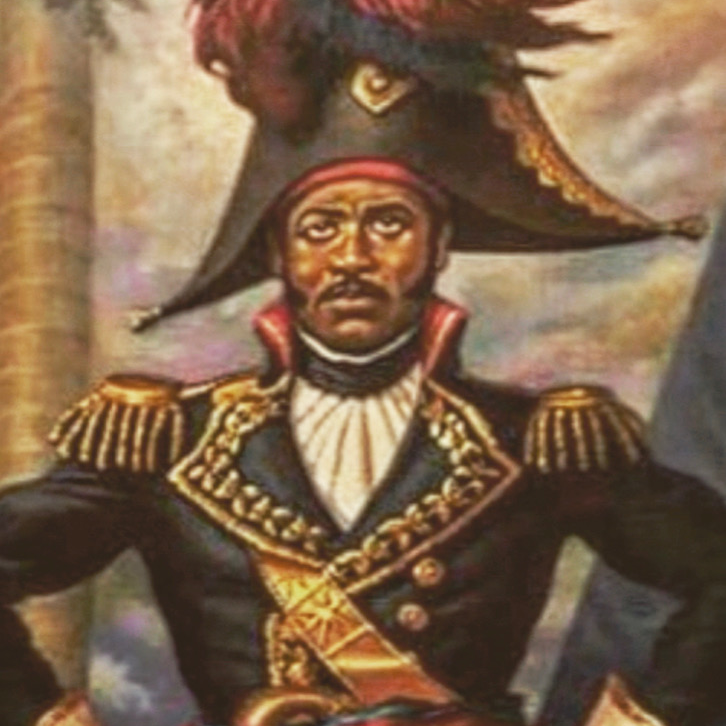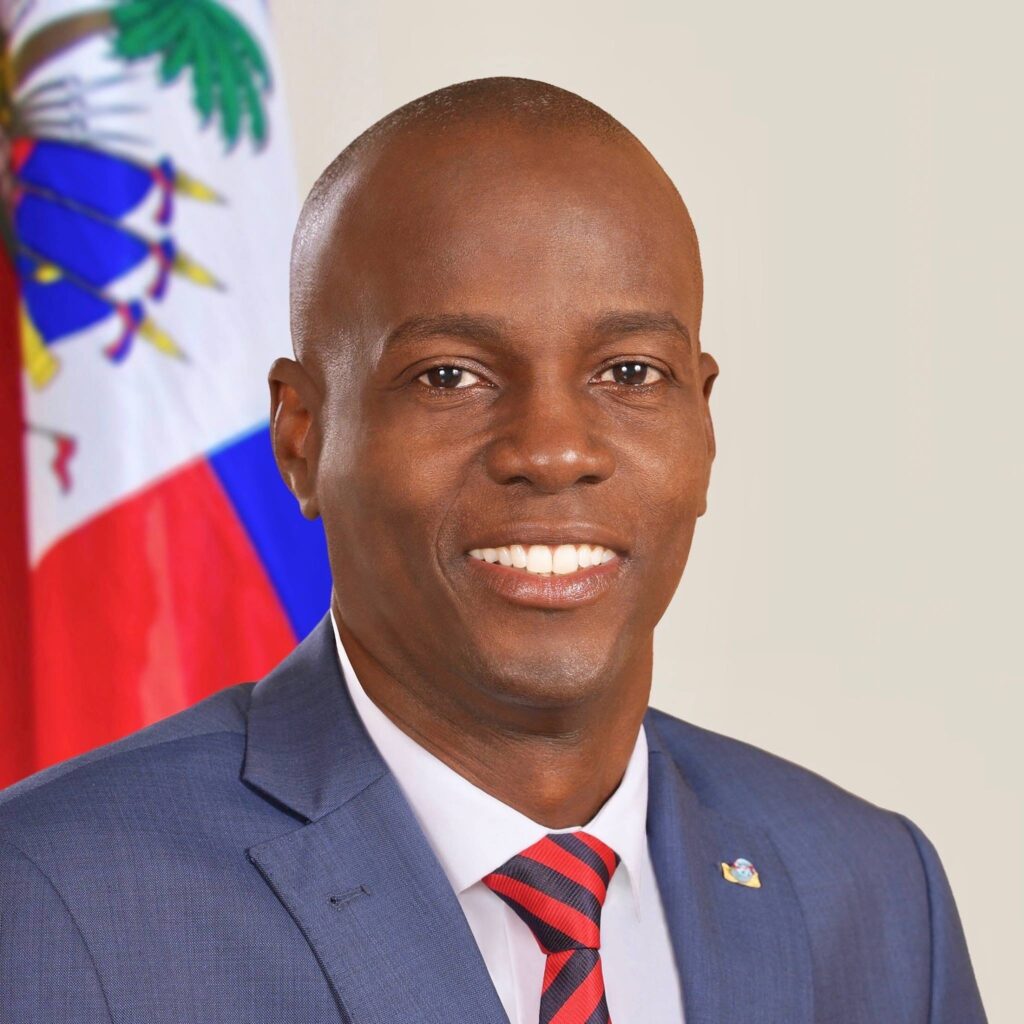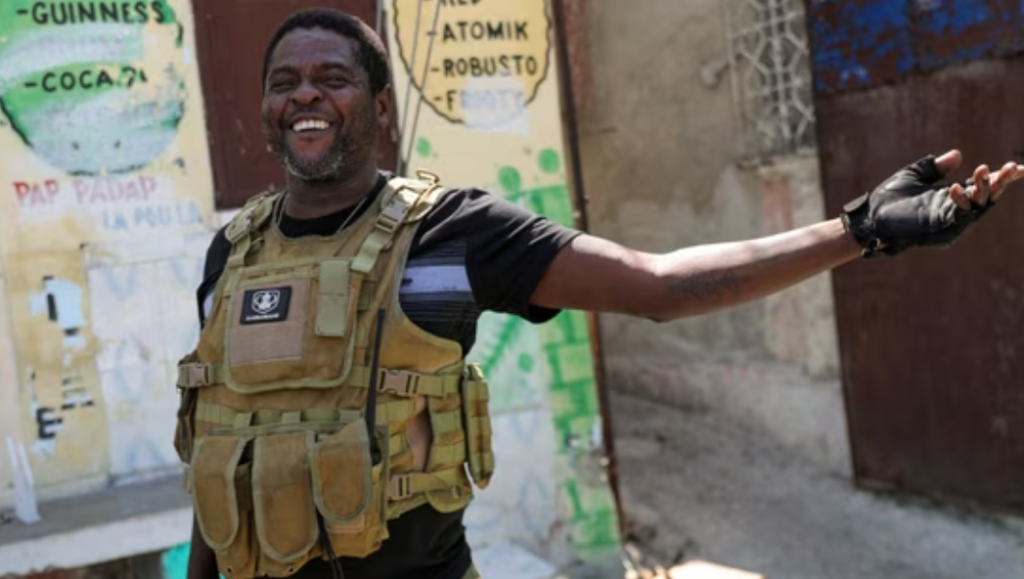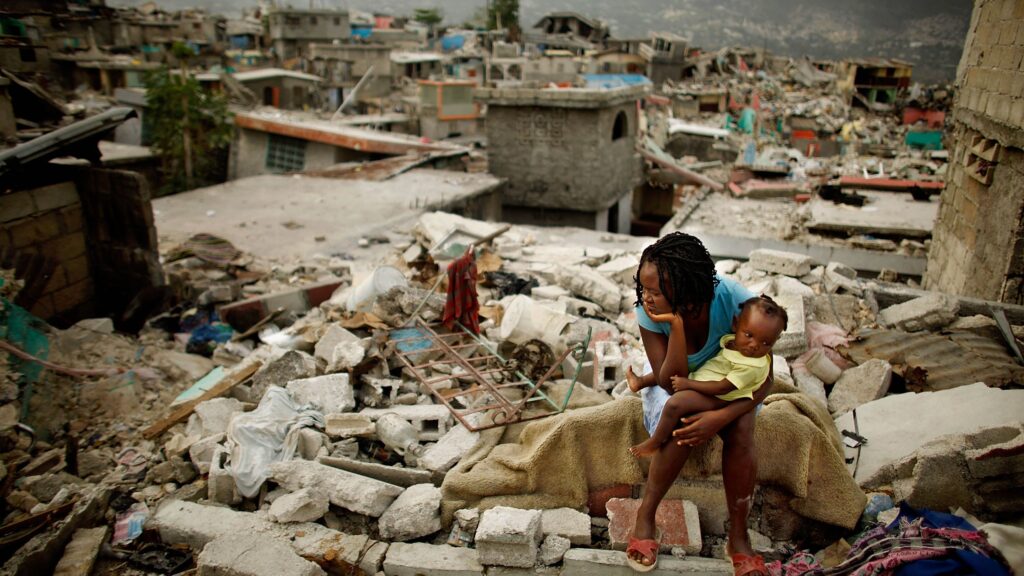No products in the cart.
Haiti’s struggle for independence and recognition is as old as the republic itself. As the first Latin American country to break free from colonial chains and the world’s oldest black republic, Haiti’s journey has been marked by a series of profound challenges that have shaped its current crisis.
This blog post seeks to unravel the complex tapestry of the factors that explain Haiti’s crisis, such as historical debt, political instability, gang violence, and vulnerability to natural disasters, factors that have collectively forged the crucible of Haiti’s ongoing turmoil.

Historical Debt and Foreign Intervention
As the first Latin American country to gain independence and the world’s oldest black republic, Haiti’s path to sovereignty has been fraught with economic hardship. The slave revolt that began in 1791 against French colonial rule culminated in Haiti’s declaration of independence in 1804, making it the second-oldest republic in the Western Hemisphere, following the United States.
However, international recognition of Haiti’s independence came at an unreasonable price. In 1825, France agreed to recognize Haiti’s sovereignty on the condition that Haiti compensated for the loss of property, including slaves and plantations. This indemnity, amounting to a sum ten times Haiti’s annual budget, forced the nascent republic into a crippling debt with French banks. This debt was later transferred to the American National City Bank, now known as Citibank.
The repercussions of this debt were profound and long-lasting. Since the debts were not incurred to invest in infrastructure development or improvements for the population, but to the right to be recognized as an independent nation, increasing the poverty and economic instability in the country. The New York Times’ 2022 investigation revealed the staggering potential reparations owed to Haiti, estimated between $21 billion and $115 billion in today’s dollars.
Additionally, foreign intervention added to Haiti’s financial woes. In 1915, amidst political turmoil, 330 US Marines landed in Port-au-Prince to protect American corporate interests. This led to a broader occupation where the US assumed control over Haiti’s customs and key economic institutions, draining the national treasury to service debts owed to American entities.
Later, in 1922, under pressure from Washington, Haiti was compelled to take out additional loans from Wall Street, further exacerbating its indebtedness.

Political Instability and Dictatorships
Haiti’s political landscape has been characterized by instability and upheaval since its inception as a nation. Over the course of more than two hundred years, the country has experienced numerous dictatorships, interspersed with fleeting instances of democratic rule and external interventions.
The nation’s first leader, Jean-Jacques Dessalines, played a pivotal role in history by abolishing slavery. Nevertheless, his initial progressive stance gave way to an autocratic regime as he declared himself governor-general for life and subsequently crowned himself Emperor Jacques I of Haiti. His tenure was abruptly terminated by assassination, a common end for many of Haiti’s rulers.
Following Dessalines’ demise, Haiti plunged into a civil war, and the 19th century was marked by a rapid succession of rulers. Many were appointed for life, yet their reigns were typically short-lived, ending in coups, assassinations, or forced exile.
A notable instance of foreign intervention occurred in 1915 when the United States occupied Haiti, maintaining a presence until 1943 under the pretext of protecting American interests.
In the contemporary era, the assassination of President Jovenel Moïse in 2021 has left Haiti without a democratically elected leader. This absence of leadership has resulted in a power vacuum, with various groups competing for dominance against a backdrop of ongoing social and political instability. The country’s history is a testament to the resilience of its people in the face of persistent challenges to their sovereignty and self-governance.

Gang Dominance and Extreme Violence
Haiti is grappling with a severe crisis due to the control exerted by an estimated 200 gangs. These groups have a stronghold, especially in the nation’s capital, Port-au-Prince, where they significantly influence the community.
The devastating earthquake in 2010 allowed many gang members to flee prison, which in turn strengthened these gangs. Consequently, there has been a rise in violent crimes, including kidnappings and targeted attacks on police, journalists, and politicians. These acts have cast many Haitians into an abyss of constant fear and hardship.
Currently, the gang scene is dominated by two main alliances: the G-9 and Family, headed by Jimmy Chérizier, also known as “Barbecue”, and the G-Pep, led by Gabriel Jean-Pierre. These groups are locked in an intense battle for supremacy, adding to the widespread sense of insecurity.
Data from the United Nations indicate a disturbing increase in violence, with the murder rate due to gang-related conflicts doubling in the last year, resulting in over 5,000 deaths. Meanwhile, the Haitian National Police are struggling to cope with this uptick in violence due to limited resources and institutionalized control. The situation is exacerbated by the recent exodus of many officers and the freeing of nearly 3000 prisoners, almost the entire convict population in Haiti, from the biggest prisons of the country back in March 2024.

Natural Disasters and Human Activity
Haiti’s geographical position renders it particularly susceptible to natural calamities. Situated in the trajectory of Atlantic hurricanes and atop two tectonic faults, the nation is inherently prone to seismic activities and tropical storms. However, the severity of these natural disasters is often compounded by human actions.
The intersection of poverty and weak governance has led to extensive deforestation and environmental degradation. The World Bank reports that a staggering 98% of Haiti’s forests have been eradicated, primarily for fuel purposes, leading to severe soil erosion and a critical scarcity of potable water. This deforestation not only undermines agricultural productivity but also heightens Haiti’s vulnerability to hurricanes and tropical storms, which frequently result in devastating floods and landslides.
The Enriquillo-Plantain Garden fault line traverses the southern region of Haiti, while the North West fault line extends through the northern part. These geological features have been responsible for some of the most catastrophic earthquakes in recent history, including the 2010 disaster with a magnitude of 7.0. This earthquake resulted in the tragic loss of 250,000 lives and inflicted damage equivalent to 120% of Haiti’s GDP, as per World Bank estimates.
In contrast to nations like Chile or Japan, where buildings are designed to withstand seismic events, Haiti’s infrastructure is not prepared for such calamities. The country’s simple concrete structures, lacking seismic reinforcement, are unable to endure the earthquake’s force, leading to widespread collapse and many life losses.
The story of Haiti is a poignant reminder of the resilience and fortitude of a people who have weathered the storms of external exploitation, internal discord, and the relentless fury of nature. It is also a testament to the enduring impact of colonialism, the complexities of achieving true independence, and the role that external powers have played in shaping its economic destiny.
As we reflect on the factors that have led to the nation’s present predicament, it becomes clear that the path to recovery is not merely economic or political but also deeply rooted in the spirit of the Haitian people. It is through understanding the multifaceted dimensions of Haiti’s crisis that we can begin to envision a future of renewed hope and restored dignity for this indomitable nation.
